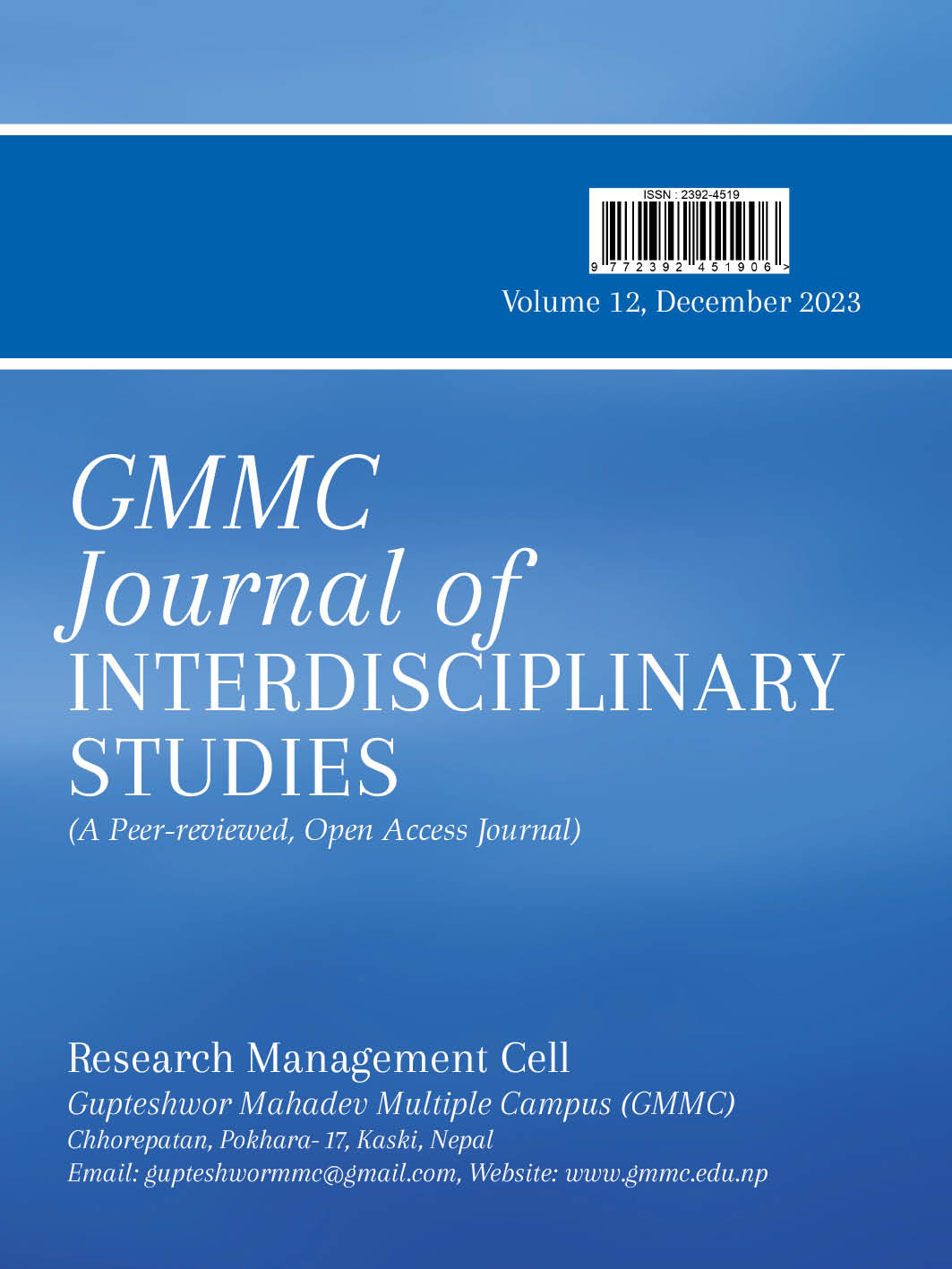Incredible Contradiction between Liminality and Communitas in Nehru’s An Autobiography
DOI:
https://doi.org/10.3126/jis.v12i1.65445Keywords:
An Autobiography, communitas, liminality, Nehru, rites of passageAbstract
This paper examines An Autobiography of Jawaharlal Nehru focusing on the performativity of his liminality at Harrow and Cambridge in England from 1905 to 1912. Being separated from his family and nation, he got a higher education there. The concepts of liminality and communitas by Turner and the idea of the ‘rites of passage’ by van Gennep are used as theoretical bases for analyzing the autobiographical narrative. The analysis of the textual evidence responds to how Nehru, the icon of Indian political and economic modernity, performs in a liminal space of a foreign land and explores how and why the organicity between liminality and communitas as theoretically claimed does not work in the cases of his life-writing. The discussion then finally identifies the distinct economic status, multiple references to politics, diverse family legacy, and lack of ‘we feeling’ among the group members responsible for breaking the organic union between liminality and communitas and promoting an incredible contradiction. Fundamentally, this study supports perceiving the notions regarding the performance of the person in a liminal space. At the same time, it also assists in spotting the obstructive aspects behind the organic relation between the generally inseparable concepts of liminality and communitas in the customary rites of passage.




